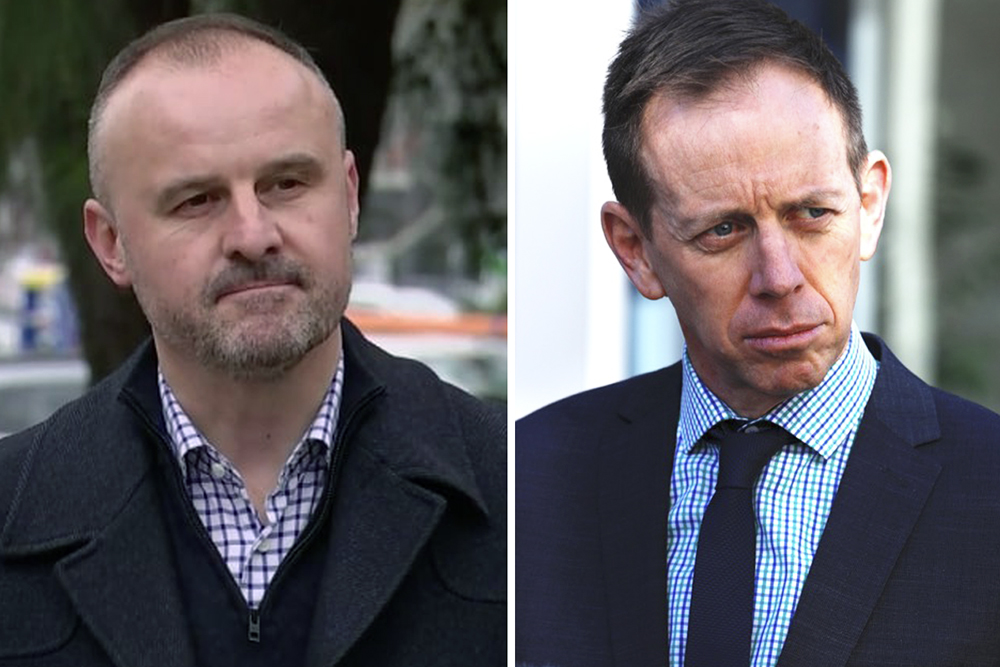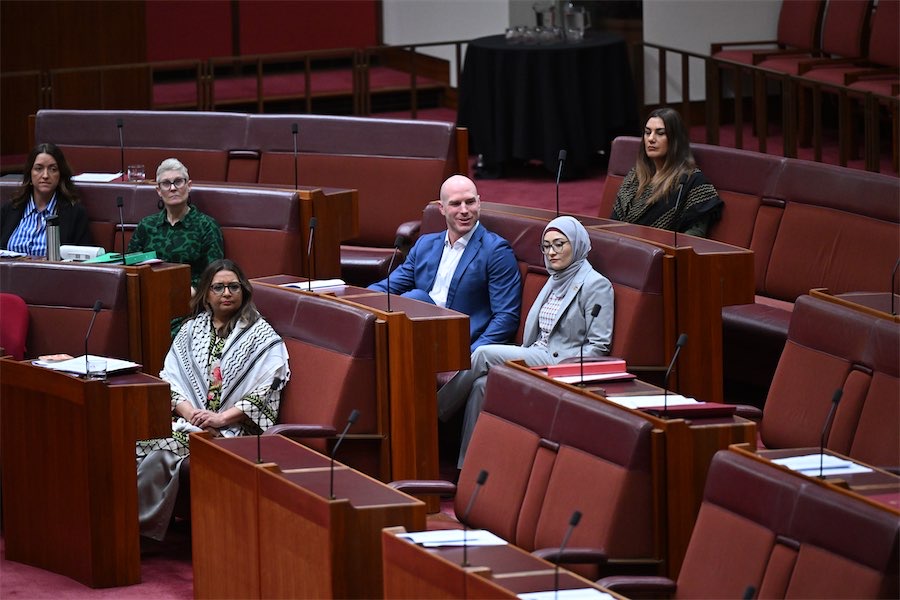
CityNews columnists have come together to expose, from different angles, the great rates rip-off that is being perpetrated against the long-suffering ratepayer of the ACT by its own government! CLIVE WILLIAMS, ordinarily writing whimsy, sets the tone with a laser-like look at the state of the ACT…
“We must not let our rulers load us with perpetual debt.” –Thomas Jefferson
“Never a borrower nor a lender be.” –William Shakespeare
For a change, I want to talk about the ACT debt mountain and a debt trap.
Due to fiscal mismanagement by the Barr/Rattenbury government, the ACT is desperate for income. The ACT government’s accumulated debt is increasing by more than $1 billion every year and will be $13.2 billion by the end of the forward estimates, in 2024-25.
In 2023, the ACT was stripped of its AAA credit rating by S&P Global, which dropped its long-term issuer rating to AA+, making government borrowing more expensive.
That $13.2 billion works out at $27,640 per person for Canberra’s population, now estimated at 477,567. As probably only one in three or four is a ratepayer, you can see it’s a substantial individual burden for ratepayers – and growing.
One of the extravagances in the ACT is the size of the ACT public sector. When the Hawke government imposed self-government on the ACT in 1988 (after 63.75 per cent of the ACT population had voted against it), the ACT’s population was 270,000 and we had around 2000 public-sector workers. Now we have a population of just under 480,000 and 27,000 public-sector workers.
Another extravagance is the tram. In 2017, Talgo offered the ACT government a fast-tilt train service between Canberra and Sydney for $100 million – with all its flow-on economic benefits. Instead, we got a slow tram to Gungahlin for more than $700 million.
Property is the ACT government’s main source of income and Canberra ratepayers and their children are slowly being drawn into a financial black hole.
Turning to residential rates and taking my own as an example – I pay $12,162.22 a year. That’s made up of a Valuation Based Charge (based on Average Unimproved Value) of $11,305.22, a Fixed Charge (no explanation of what that’s for) of $861.00, Police, Fire and Emergency Services Levy (happy with that) of $375, less a Pensioner Rebate (happy with that) of -$424, and a Safer Families Levy (not sure what that is) of $45.
That total amount is three to four times what a ratepayer would pay for a similar property in NSW or Queensland. The high rates are painful for many people, particularly those on pensions, so the Barr/Rattenbury government allows some ratepayers to defer paying their rates. Originally, they could be deferred at an annual interest rate of one per cent; now it’s 4.38 per cent.
This a debt trap because the deferred debt is compounding annually. Suppose, for the sake of simplicity, the deferred rates are $10,000 a year. If you defer payment at the current rate of 4.38 per cent interest per annum, the amount owed after five years would be $58,602.62 and after 10 years $134,489.67 (according to ChatGPT).
If you intend to leave your property to a son or daughter, you’re building a debt they may not be able to pay to keep the property. The prudent thing therefore is to tighten one’s belt and pay the rates monthly – which may in the older suburbs be more than $1000 a month.
Turning to the residential investment trap – if you, as a landlord, rent out a housing unit, your rental return is limited by the ACT government. With the payment of rates and land tax, body corporate fees and ongoing maintenance and management fees, you would be unlikely to get as much return as you would from an interest-bearing bank account.
Capital gain is also minimal. That’s why it’s hard to find properties to rent in the ACT. So, if you’re determined to invest in real estate, better to do it in Queanbeyan or elsewhere.
Just so this Whimsy is not totally depressing. I’ve added two informed comments about public debt from the home of capitalism:
“I could end the deficit in five minutes. You just pass a law that says that any time there is a deficit of more than 3 per cent of GDP, all sitting members of Congress are ineligible for re-election.” –Warren Buffett
“Blessed are the young, for they shall inherit our nation’s debts.” –Herbert Hoover
I should add that I have a meeting at the bank later today. If all goes well, I’ll be able to pay off my rates debt. I’m so excited I can barely put on my ski mask.
Clive Williams is a Canberra columnist.
Who can be trusted?
In a world of spin and confusion, there’s never been a more important time to support independent journalism in Canberra.
If you trust our work online and want to enforce the power of independent voices, I invite you to make a small contribution.
Every dollar of support is invested back into our journalism to help keep citynews.com.au strong and free.
Thank you,
Ian Meikle, editor









Leave a Reply